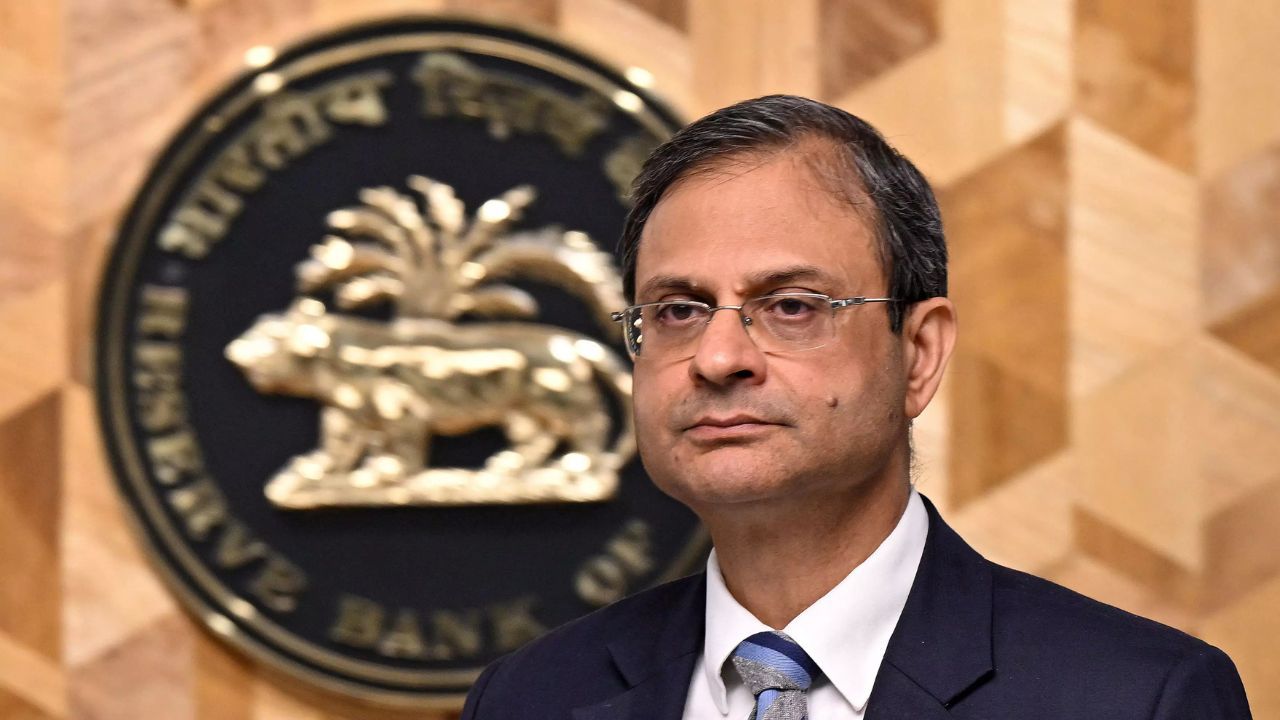India’s beloved digital payments platform, the Unified Payments Interface (UPI), may not remain free forever. Reserve Bank of India (RBI) Governor Sanjay Malhotra has hinted at a potential shift in policy, raising the possibility that users may one day have to pay for transactions—a move driven by concerns over the system’s long-term financial sustainability.
From Subsidised to Sustainable?
Speaking at a recent public event, Malhotra pointed out that the current zero-charge structure of UPI transactions is being supported by government subsidies extended to banks and various stakeholders in the ecosystem. "As of now, there are no charges. The government is subsidising various players such as banks and other stakeholders," he stated. However, he was quick to underline that this model might not be viable in the long run. “Obviously, some costs have to be paid. Someone will have to pay for it if the service is to be genuinely sustainable,” Malhotra said, hinting at the need for a revised approach in the future.
Also Read: Say Goodbye to Developers—Google's AI Creates Apps Simply From Your Words!
Explosive Growth Strains Infrastructure
The comments come at a time when UPI usage is witnessing unprecedented growth. Transactions have surged from 3.1 billion to over 6 billion per day within just two years. While this rapid adoption showcases UPI's success and popularity, it also brings mounting pressure on the infrastructure that supports it. Developed by the National Payments Corporation of India (NPCI), UPI allows seamless, real-time transfers across banks with zero fees, under a government-mandated zero Merchant Discount Rate (MDR) policy.
Industry Voices Growing Louder
The banks, fintech companies, and payment service providers have expressed concerns about the sustainability of providing UPI services without any fees. The backend expenses, including infrastructure upkeep and operational logistics, continue to pile up without any transaction-linked revenue to offset them. Industry experts argue that while UPI has transformed digital transactions in India, continuing to operate without a clear revenue model is not sustainable. Many are watching closely for policy shifts that could rebalance this equation.
Also Read: Elon Musk’s Latest Power Move? Letting Samsung Build Tesla’s Brain
A Tipping Point for UPI?
Governor Malhotra acknowledged these challenges, stating that while the government remains committed to secure and accessible digital payments, critical infrastructure must eventually support itself. “Any important infrastructure must bear fruit,” he stated. For now, the zero-MDR regime remains intact, with any changes resting squarely on the government’s policy decisions. But with signals like this from the RBI, the groundwork for future revisions may already be underway.
As India’s digital payment economy matures, stakeholders and users alike may need to prepare for a future where convenience could come with a cost.




